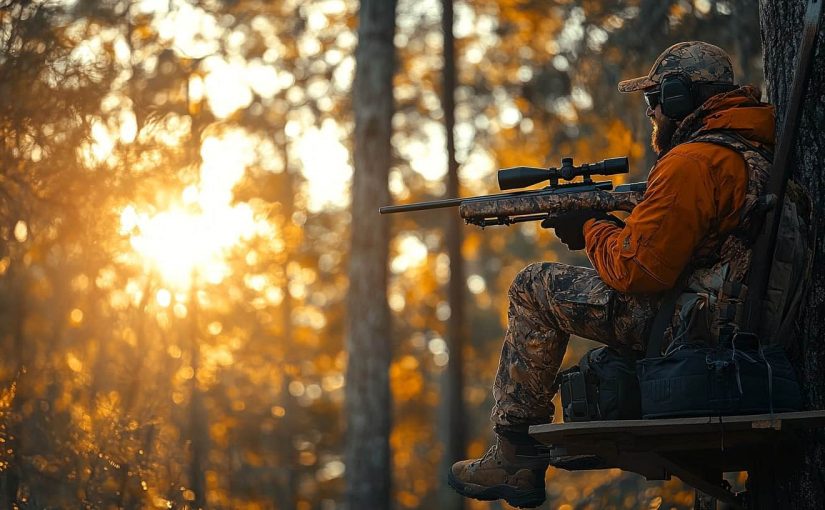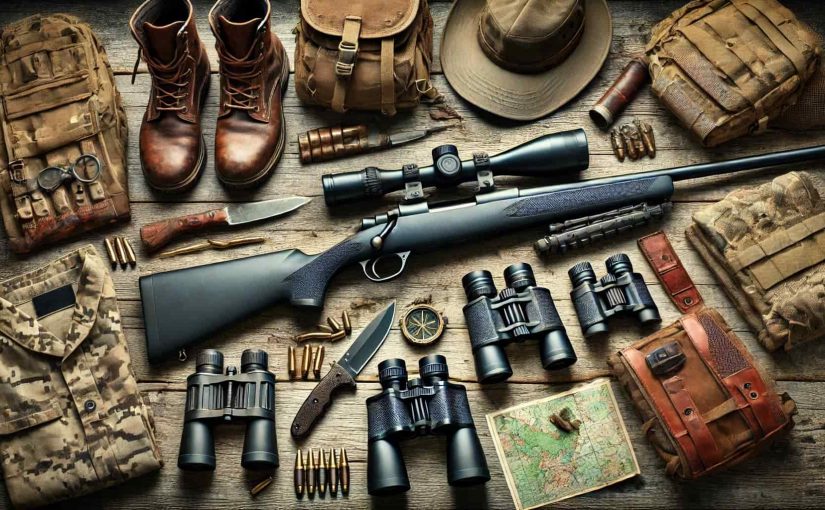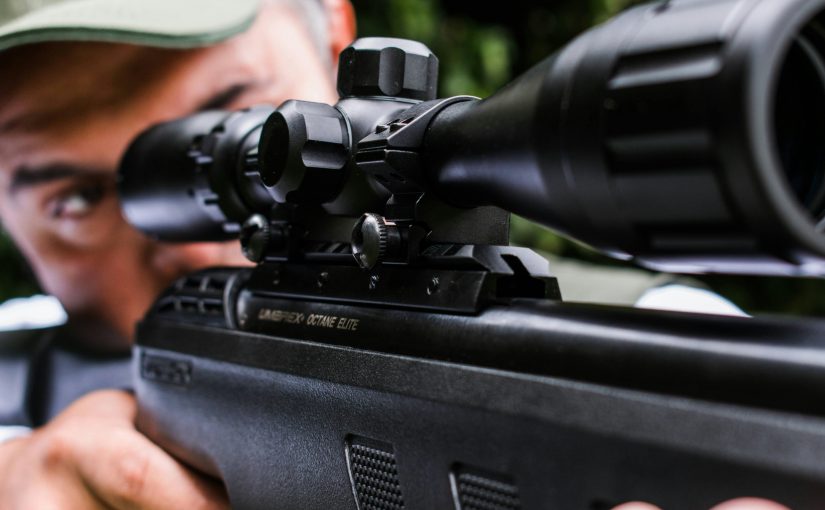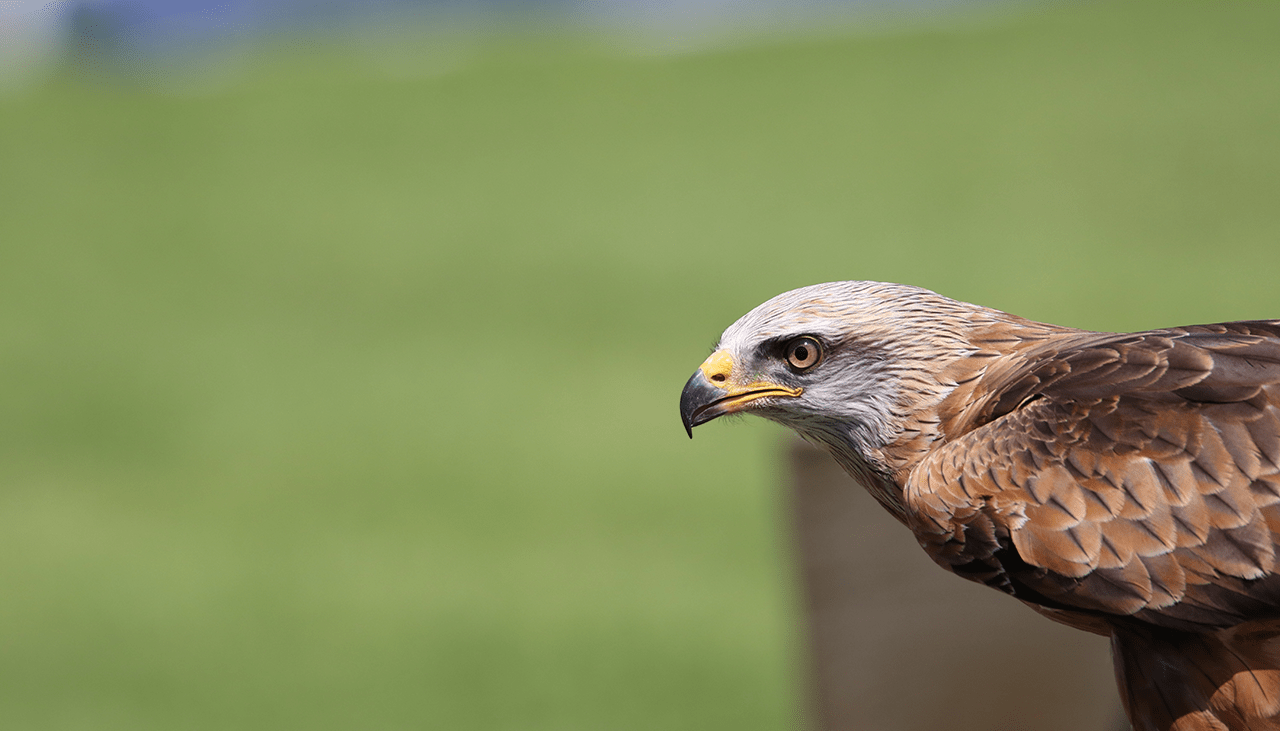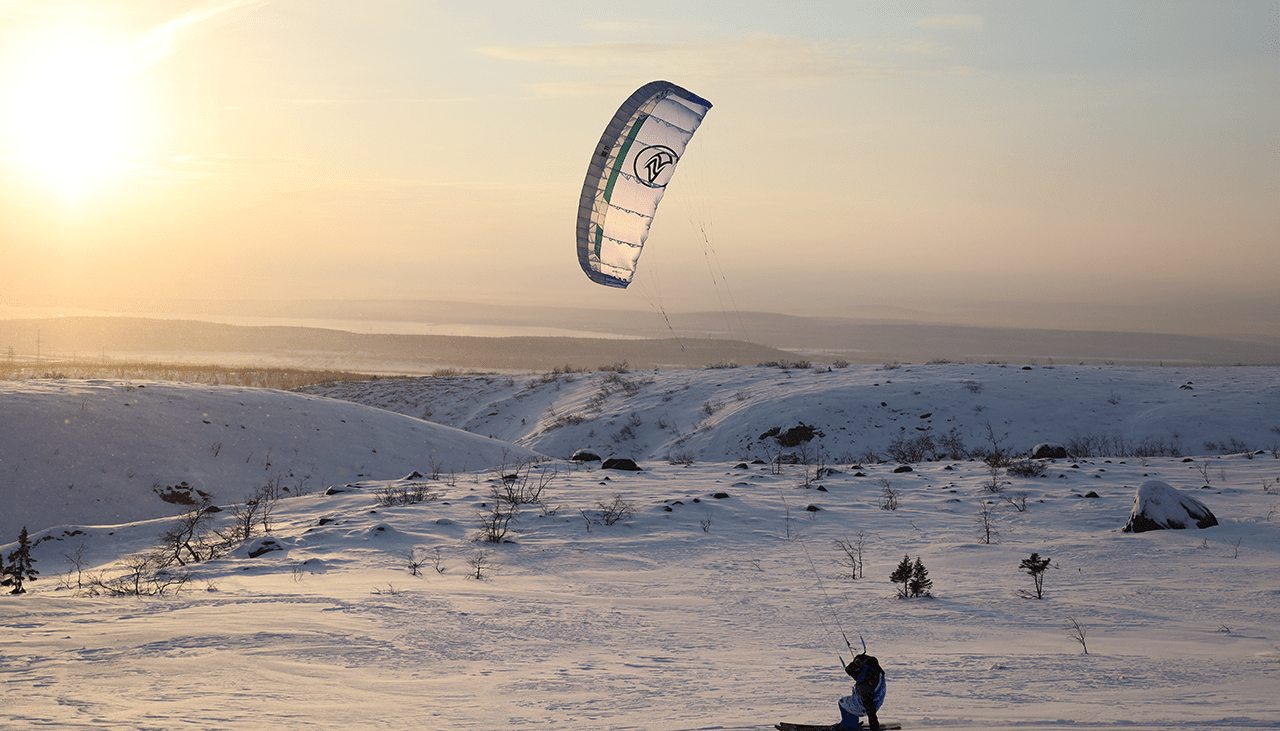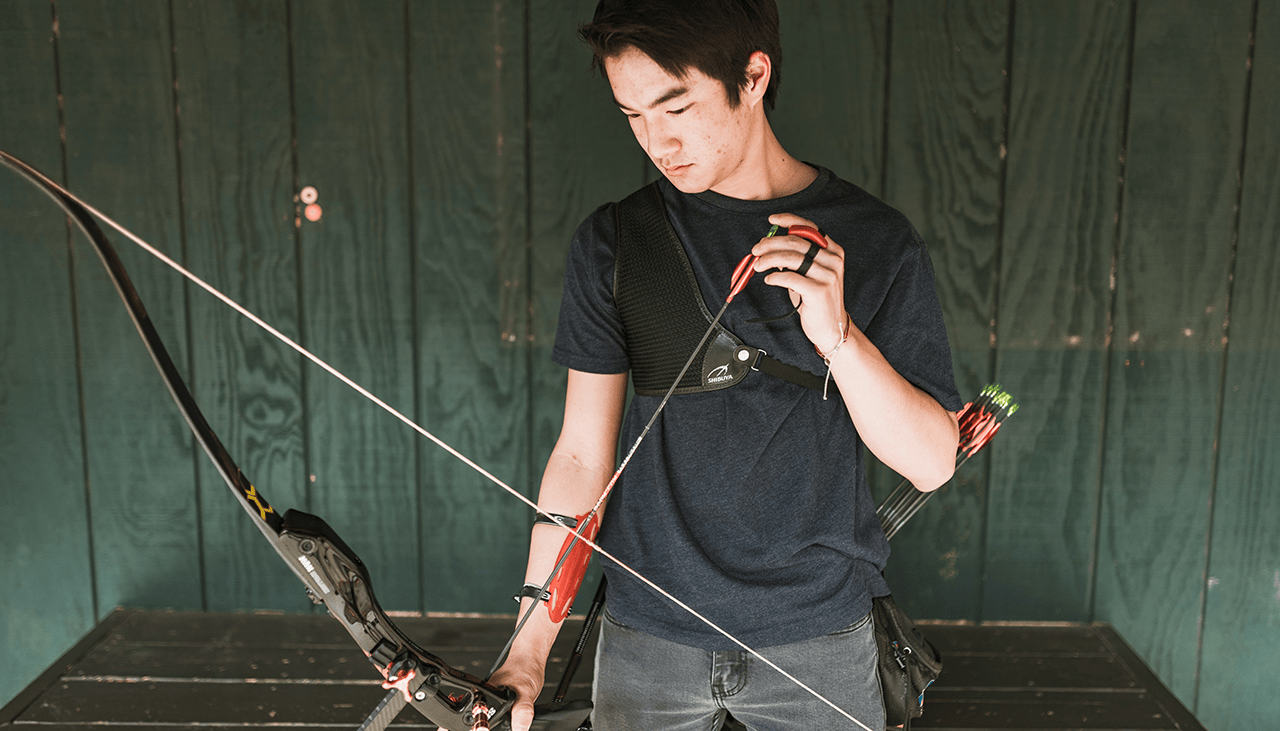Deer hunting is one of the most rewarding and time-honored traditions in the world of outdoor sports. It combines skill, patience, and an understanding of the natural world, making it an exciting pursuit for both new and experienced hunters. If you’re new to deer hunting, you might feel overwhelmed by the vast amount of information available. Where should you hunt? What gear do you need? How do you track and take down a deer ethically?
This guide will break down everything you need to know as a beginner, focusing on the specific skills required for successful deer hunting. By the end of this article, you’ll have a strong foundation to get started with confidence.
Understanding the Basics of Deer Hunting
Before stepping into the woods, it’s important to understand the fundamentals of deer hunting. The type of deer you’re hunting, the terrain, and the hunting method you choose will all impact your success.
Choosing Your Hunting Method
There are several popular methods for hunting deer, and each requires a slightly different approach:
- Still Hunting: This involves slowly moving through the woods, stopping frequently to observe and listen for deer. It requires patience and knowledge of the animal’s habits.
- Stand Hunting: The most common method for beginners. It involves setting up a tree stand or ground blind in an area where deer are likely to pass.
- Spot and Stalk: Used in open terrains, this method involves spotting deer from a distance and carefully approaching them for a shot.
- Driving: A team-based approach where hunters move through an area to push deer toward waiting shooters.
Each method has its advantages, but for beginners, stand hunting is often the best starting point as it allows time to observe deer behavior without requiring extensive tracking skills.
Essential Gear for Deer Hunting
Your gear can make or break your hunting experience. Investing in the right equipment ensures comfort, safety, and a higher chance of success.
Firearms or Bows
- Rifles: A .243 or .30-06 rifle is ideal for beginners due to its balance of power and accuracy.
- Shotguns: Suitable in areas where rifles are restricted. Slug ammunition is commonly used for deer.
- Bows: For those interested in bow hunting, a compound bow with a draw weight of at least 40 pounds is recommended for ethical kills.
Clothing and Footwear
- Camouflage or Neutral Colors: Helps you blend into the surroundings.
- Layered Clothing: Dressing in layers is essential, especially in cold weather.
- Waterproof Boots: You’ll be walking through various terrains, so durable, waterproof boots are a must.
Other Essential Equipment
- Binoculars: Helps you spot deer from a distance.
- Rangefinder: Ensures you know the exact distance to your target.
- Deer Calls & Scents: Attracts deer within shooting range.
- Knife: Essential for field dressing your harvest.
Scouting and Preparing for the Hunt
A successful hunt begins long before the hunting season starts. Scouting is the process of identifying the best locations to find deer.
Where to Hunt
- Public Lands: National forests and state lands often allow hunting, but you’ll need to research regulations and hunting pressure.
- Private Lands: If you have access to private property, it can offer less competition and better hunting opportunities.
Signs to Look for When Scouting
- Deer Trails: Worn-down paths in the grass or leaves indicate frequent movement.
- Tracks and Droppings: Fresh tracks and deer scat can indicate recent activity.
- Rubs and Scrapes: Bucks rub their antlers on trees and scrape the ground to mark territory.
Using trail cameras can also provide valuable insight into deer movement patterns and the best times to hunt.
Best Times to Hunt Deer
Understanding when deer are most active will dramatically improve your chances of success.
- Early Morning & Late Afternoon: Deer are most active during these times, as they feed and move between bedding and feeding areas.
- Pre-Rut & Rut Seasons: The best time to hunt bucks is during the rut (breeding season), as they are more active and less cautious.
- Weather Conditions: Overcast days, light rain, and the days following a cold front tend to increase deer movement.
Making the Shot: Ethical Hunting and Accuracy
Shooting a deer requires patience and skill. Ethical hunting means making clean, quick kills to avoid unnecessary suffering.
Shot Placement
- Broadside Shot: The ideal shot placement is behind the shoulder, targeting the heart and lungs.
- Quartering-Away Shot: Offers a good angle for hitting vital organs.
- Headshots and Neck Shots: Not recommended for beginners, as they require extreme precision.
Before your hunt, practice shooting from various distances and angles to ensure confidence in the field.
What to Do After the Hunt
Once you successfully harvest a deer, the work isn’t over. You’ll need to properly field dress, transport, and process the meat.
Field Dressing
Field dressing is the process of removing the internal organs to preserve the meat. A sharp knife and gloves are essential. Always follow local regulations regarding the disposal of remains.
Processing and Butchering
You can process the deer yourself or take it to a professional butcher. Common cuts include backstrap (loin), tenderloins, steaks, and ground venison.
Storing and Cooking Venison
- Refrigerate Immediately: If you plan to use the meat within a few days.
- Freeze for Long-Term Storage: Vacuum-sealing venison preserves it for months.
- Cooking Tip: Venison is lean, so marinating it before cooking helps keep it tender and flavorful.
Conclusion
Deer hunting is an exciting and rewarding experience, but it requires preparation, patience, and respect for nature. As a beginner, focus on understanding deer behavior, selecting the right gear, and practicing ethical hunting techniques. Scouting the right locations, choosing the best hunting times, and taking clean shots will set you up for success.
Beyond the hunt itself, deer hunting provides an opportunity to connect with the outdoors, develop valuable skills, and enjoy the satisfaction of providing your own meat. With time and practice, you’ll grow into a skilled hunter ready to take on new challenges.
Happy hunting!
